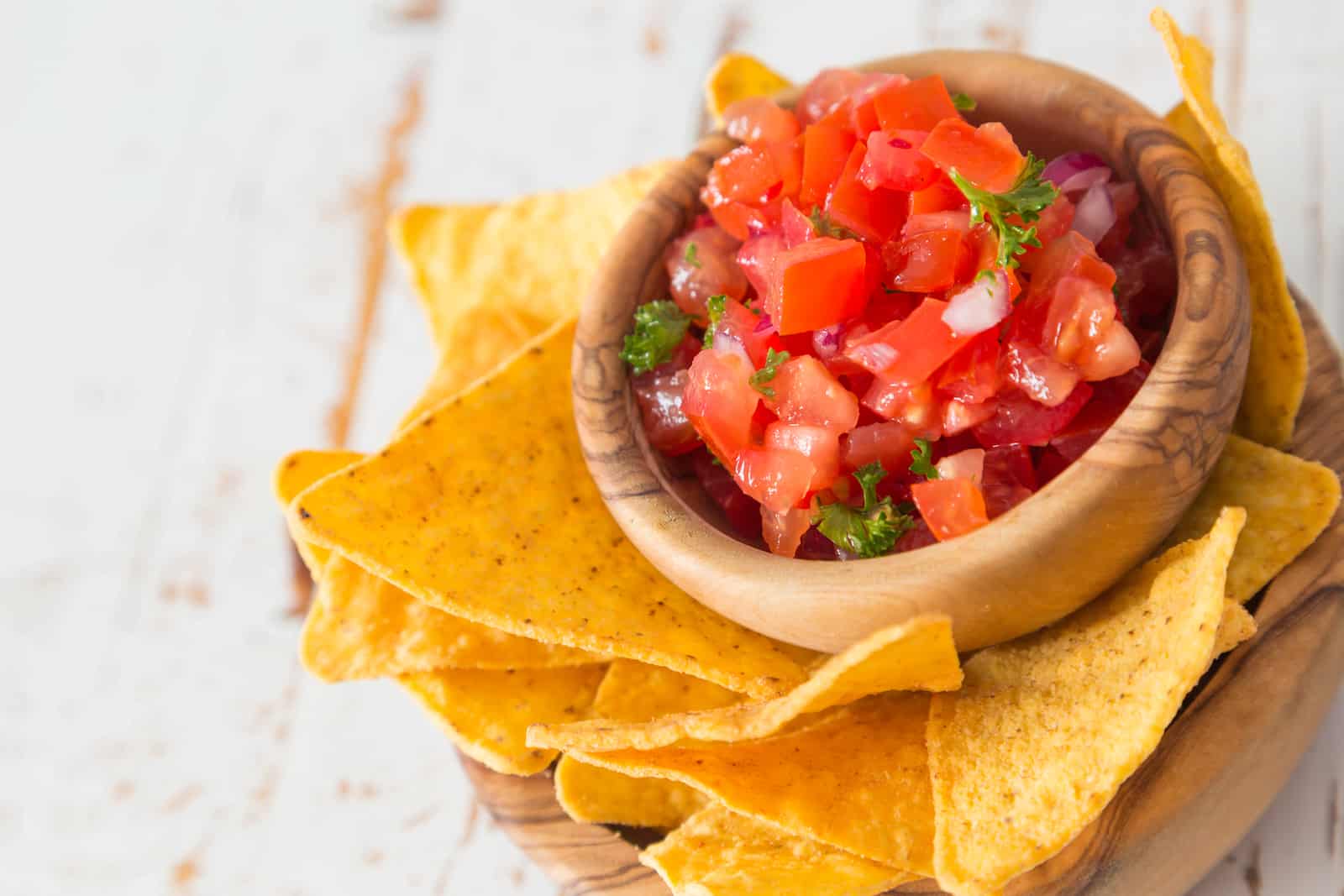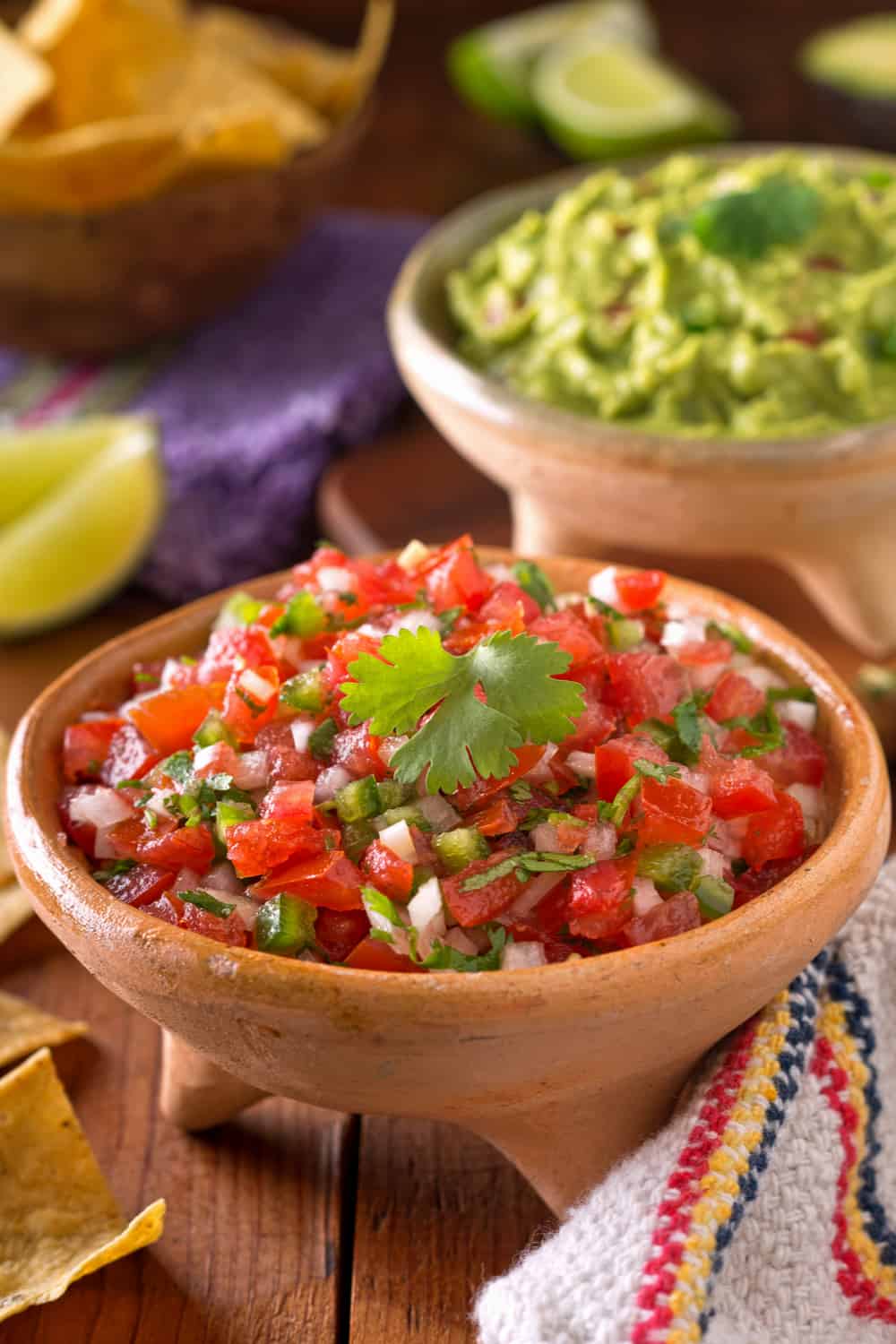
On the day you buy or make salsa it has a bright red color. Store-bought salsa has a best by date so check the expiry date if youre unsure if the product is still usable.

Then you can pick it up anytime without affecting other parts.
Can salsa go bad. Can Salsa Go Bad. Yes salsa can go bad. This goes especially for the homemade kind.
Homemade salsa does not have any preservatives at all. This shortens the shelf life of the product. Store-bought salsa has a best by date so check the expiry date if youre unsure if the product is still usable.
3 Tips to Tell if Salsa Has Gone Bad Different color and texture. On the day you buy or make salsa it has a bright red color. As the days go by the sauce.
Another sign you shouldnt eat salsa is an unpleasant sour odor. Sometimes the spoiled salsa smells rotten. How To Tell If Salsa Is Bad.
Lets start with the obvious signs that salsa has gone bad. These include signs of mold or any other organic growth on the surface or inside the container foul or off odor or sour taste. If you notice any of these discard the salsa.
If everything seems to be in perfect order the salsa is probably okay to eat. Using your senses is the best way to tell if salsa has gone bad. If you open your jar of homemade or store-bought salsa and smell a sour or foul odor your salsa is no longer good to eat.
Looking into the jar if you notice any mold growing shriveled up looking tomatoes. Surprising salsa does go bad. The time may vary form home made to one bought from stores.
It may also vary from opened jar to unopened jar. A home-made salsa is usually prepared to consume it within a short span of time. If you have to ask it probably hasnt But then again I have a VERY strong stomach The acid in salsa - whether from vinegar or lime juice - essentially pickles it and makes it a preserve.
It may ferment a little more but that isnt really bad. So you should not enjoy the salsa after one week in the refrigerator and no longer worried about how long is salsa good for. You also should divide salsa into different parts.
Then you can pick it up anytime without affecting other parts. You can enjoy your homemade salsa in main meals or enjoy it. Storage time shown is for best quality only - after that the salsas texture color or flavor may change but in most cases it will still be safe to consume if it has been stored properly the bottle is undamaged and there are no signs of spoilage see below.
How can you tell if salsa is bad or spoiled. Homemade Salsa lasts for. Remember that salsa usually has best by date which is simply the last date by which the manufacturer will guarantee the product quality not its expiration.
Because of this distinction you may safely use it to compliment your favorite meals or snacks even after the best by. Signs that Salsa Has Gone Bad It is easy to tell if salsa has gone bad just check for significant discoloration and smell changes. If the product has taken on a darker maroon color it might have gone bad.
If the salsa has become mushier and it emits a. How can I tell if salsa has gone bad. The sauce will have an off taste or odor both signs of spoilage.
Tomato chunks may appear shriveled and darkened. The salsa also may be moldy. Salsa will eventually go bad.
There are no two ways about it. But it may not happen as quickly as you would expect. There is a high acid and sugar content which keeps it good for much longer than other vegetables.
Can Salsa Go Bad In Freezer. Surprisingly it can be stored for a period of 25 30 days in the freezer. This is only possible if this preparation remains unaltered in the freezer.
However the taste of the item will get changed from its usual one. After this period of time the quality of salsa starts degrading but it remains safe for a few more days. Eating fresh salsa containing high levels of bacteria leaves you susceptible to serious foodborne illnesses that could otherwise be avoided with safe handling.
On the Counter Freshly made salsa only keeps for two hours outside of the refrigerator before bacteria begins to grow to dangerous levels. Tomato Paste Salsa. Combine all ingredients in a large saucepan.
Bring to a boil. Reduce heat and simmer for 30 minutes stirring occasionally. Ladle hot into pint jars leaving 12 inch headspace.
Adjust lids and process in a boiling water canner 15 minutes at 01000 feet altitude. 20 minutes at 10016000 feet. Or 25 minutes above.